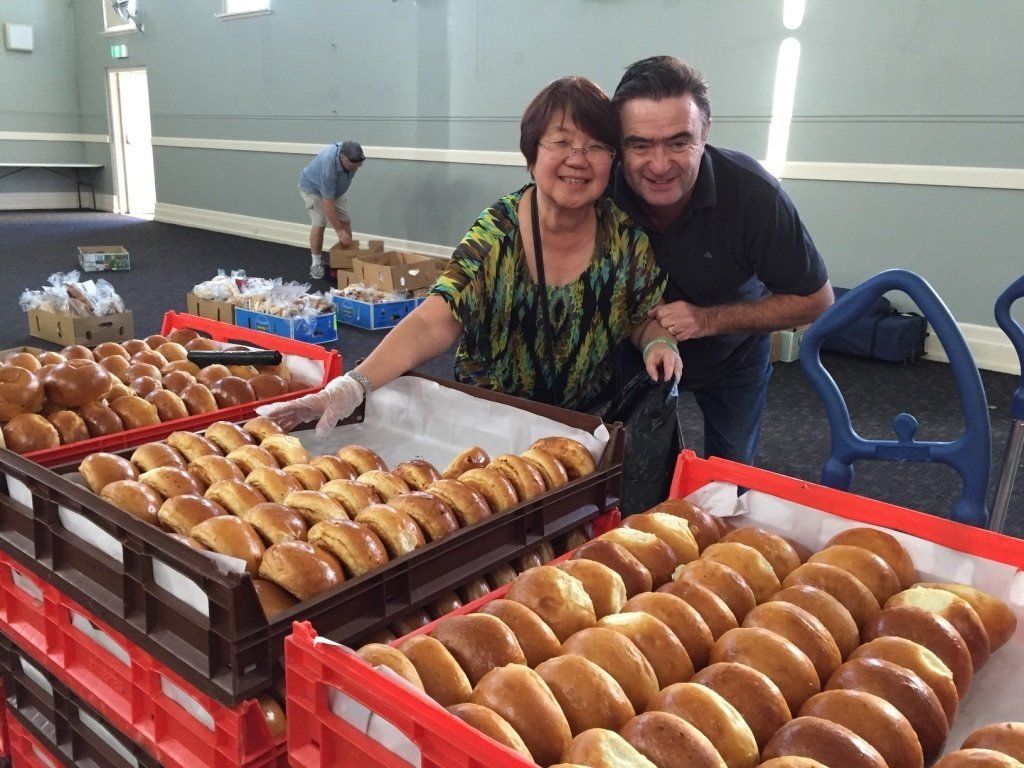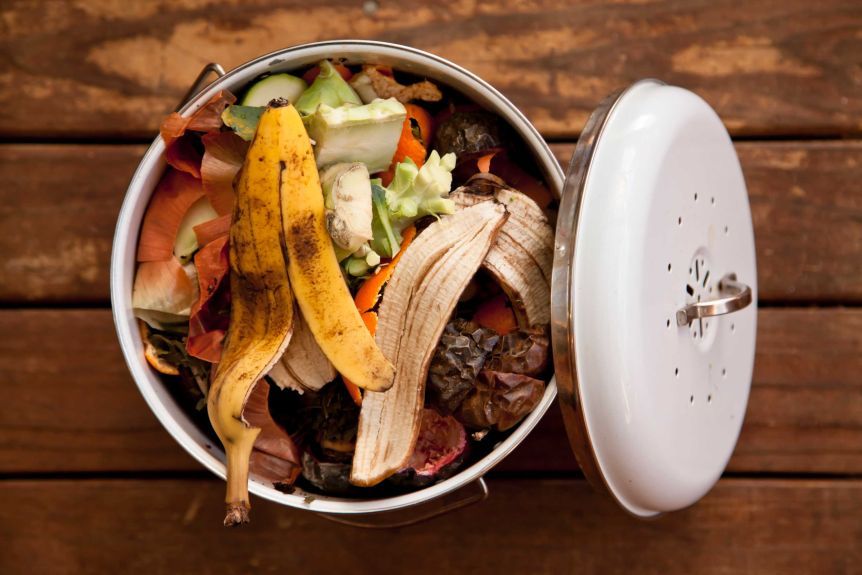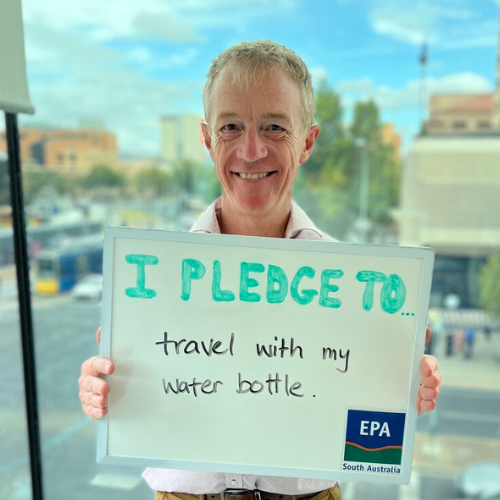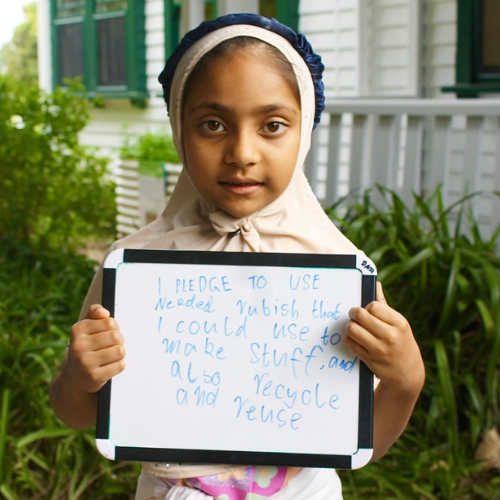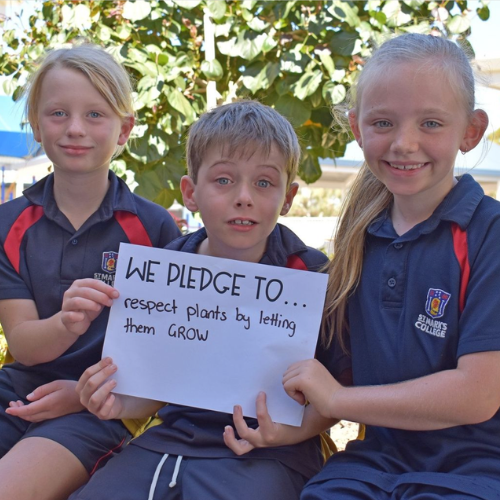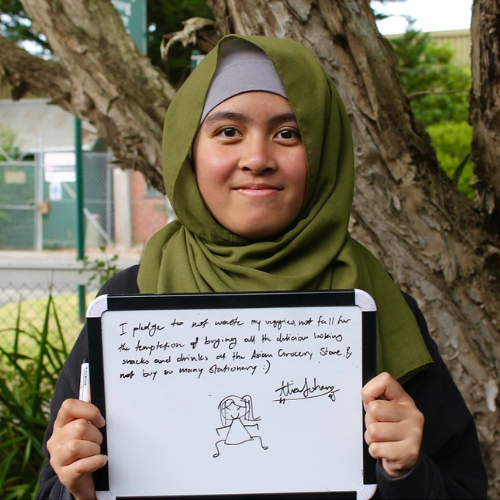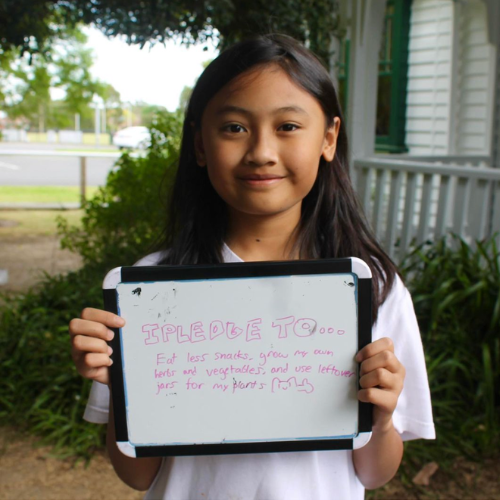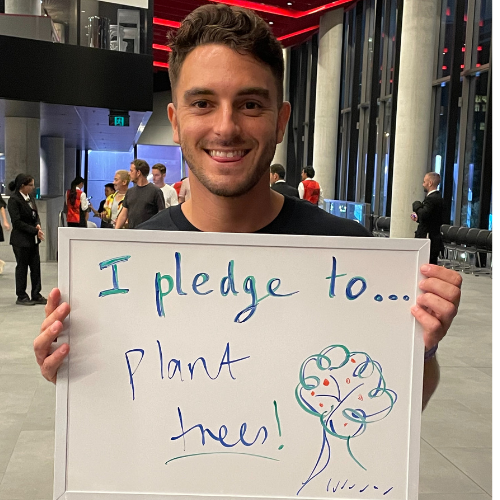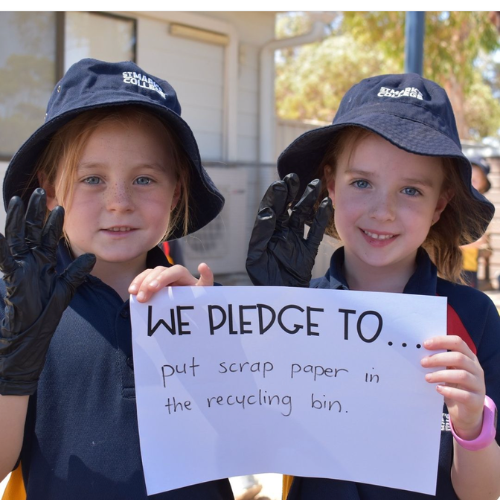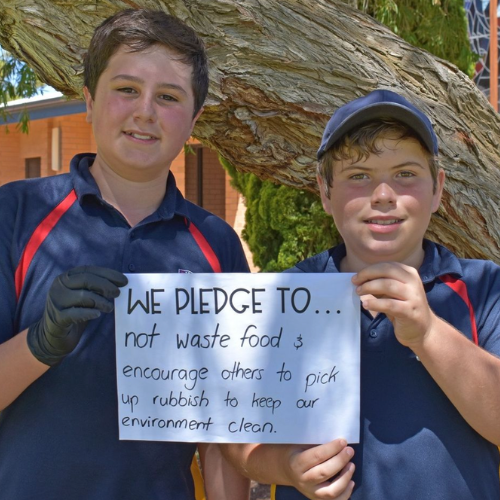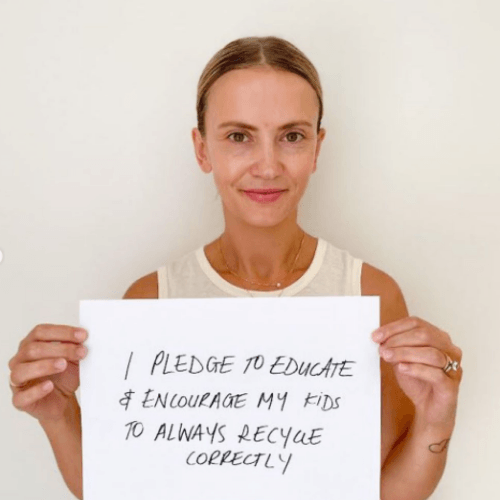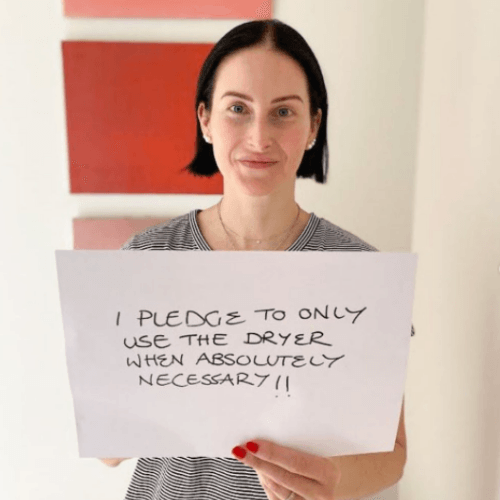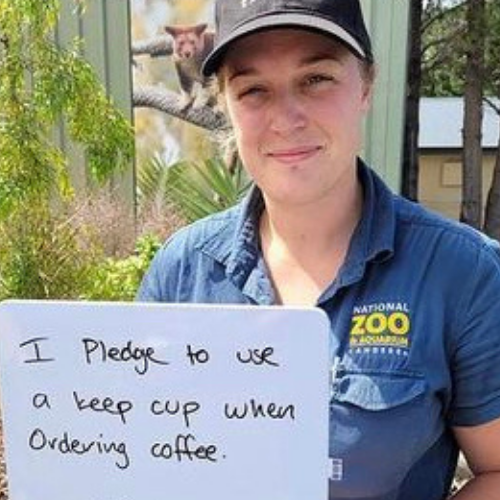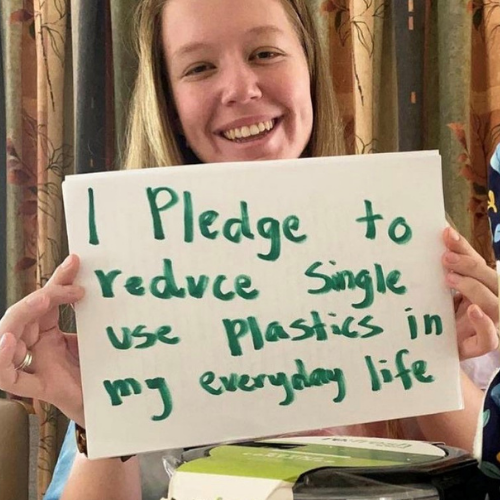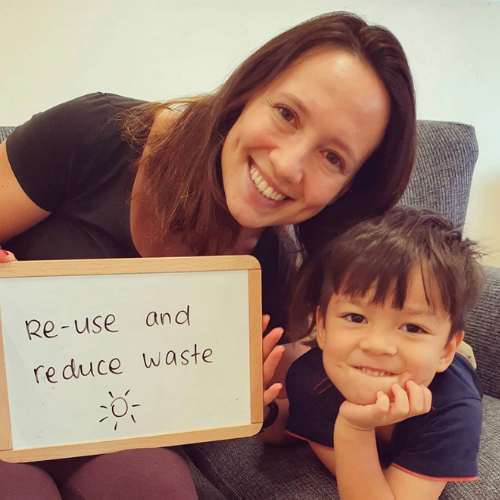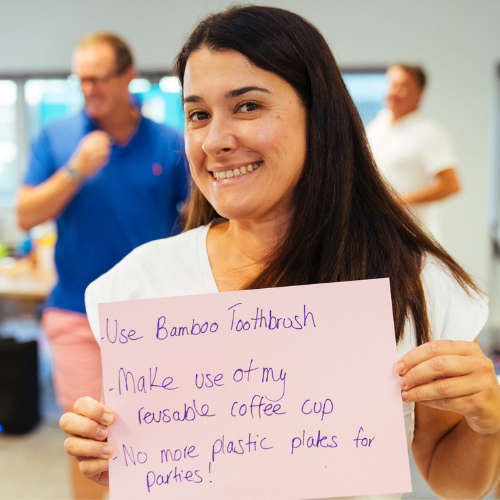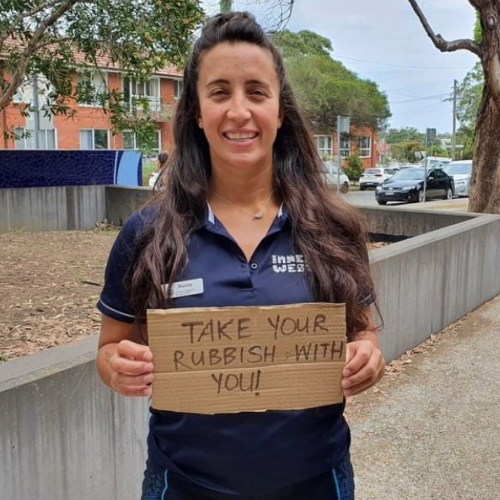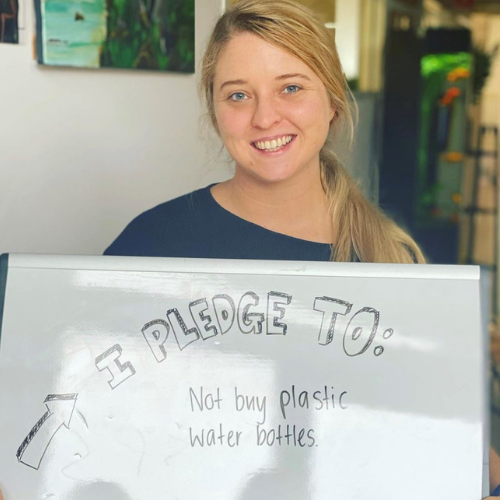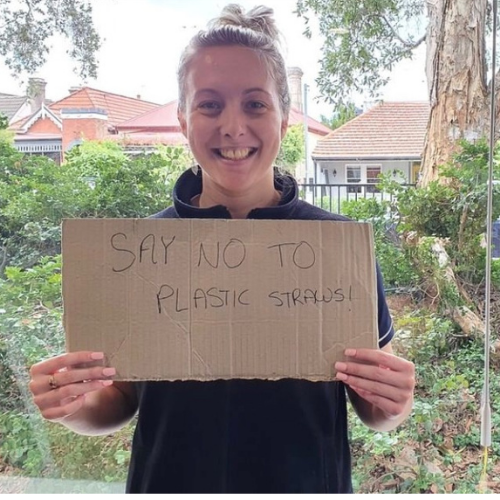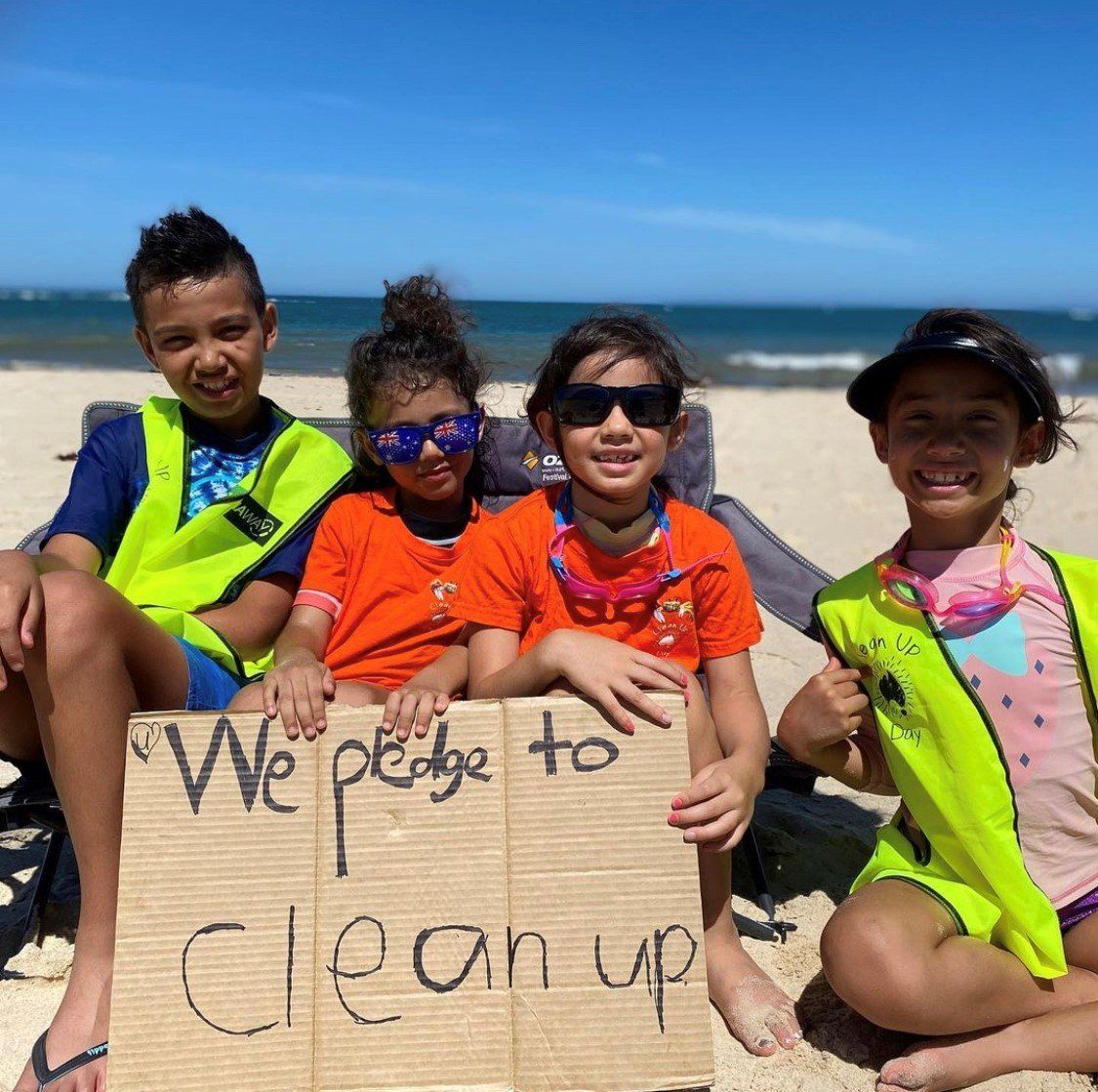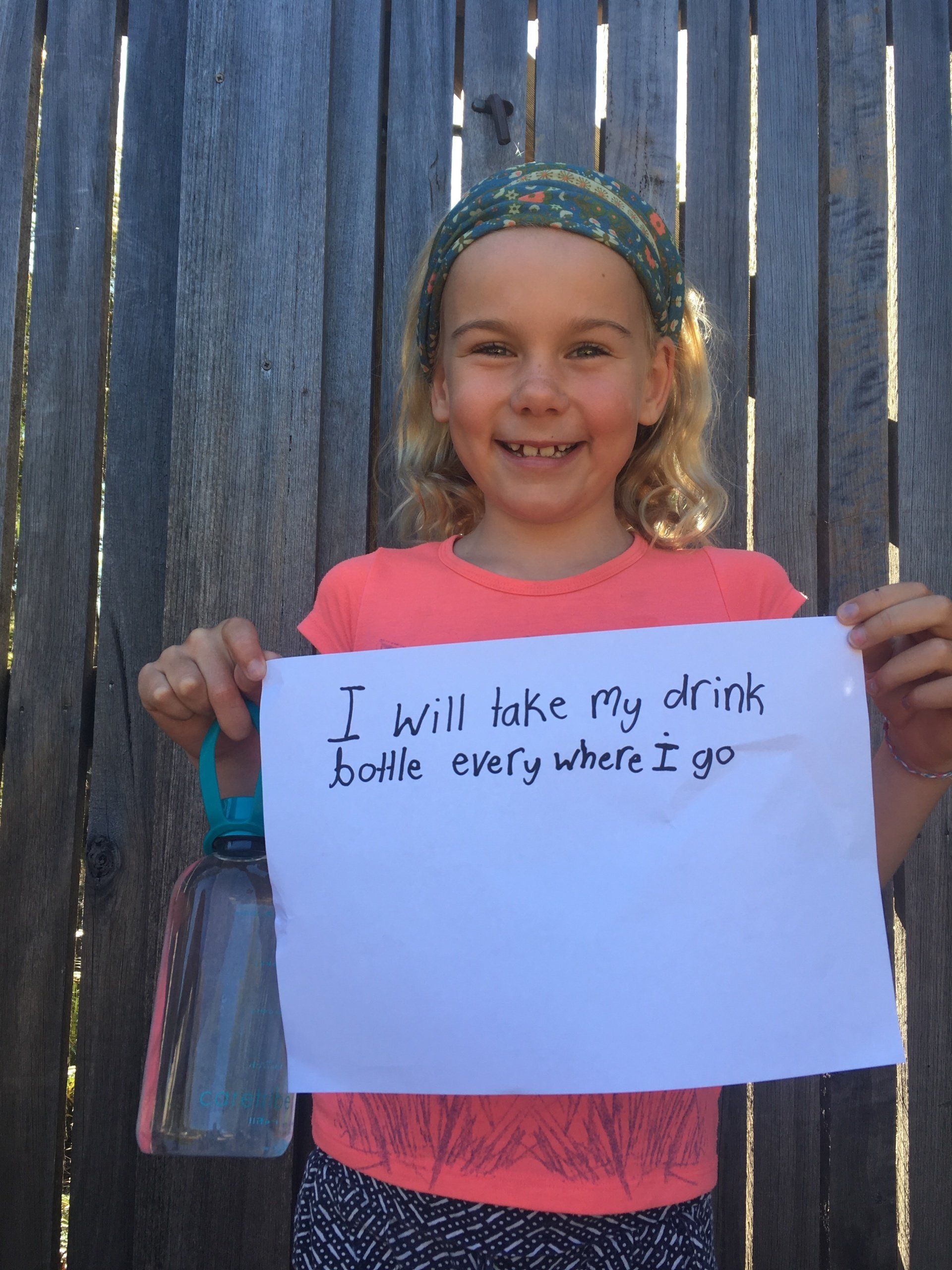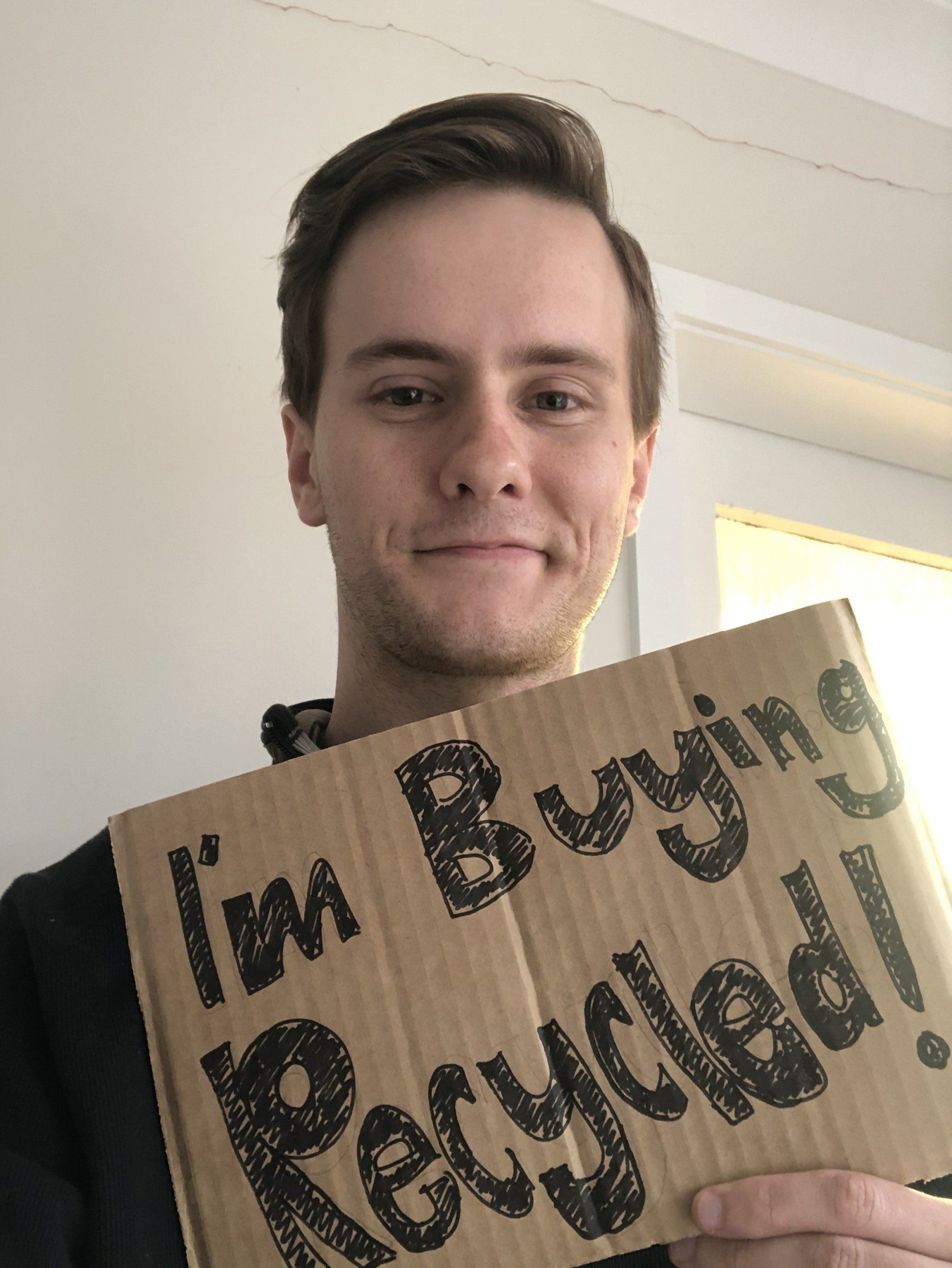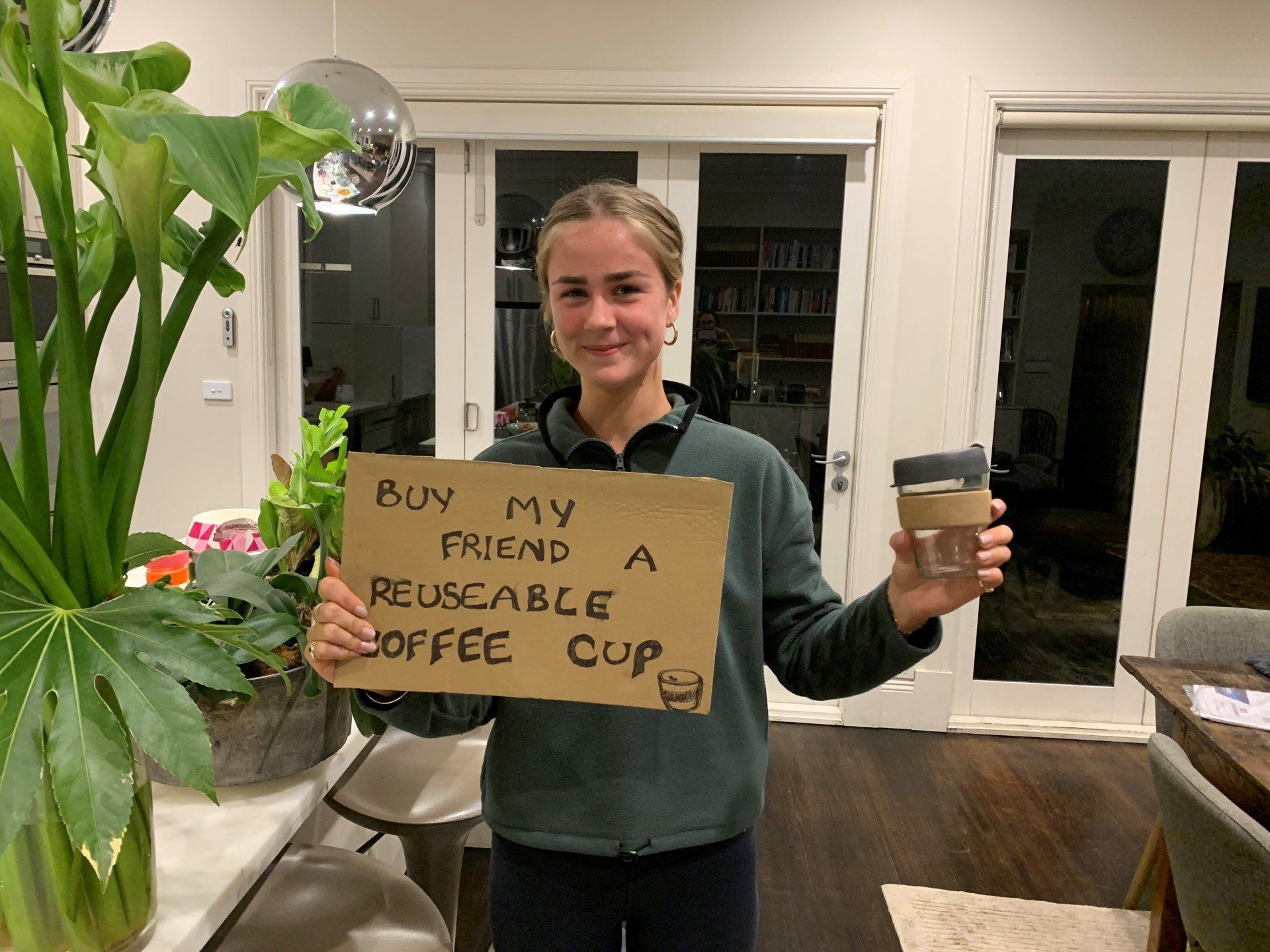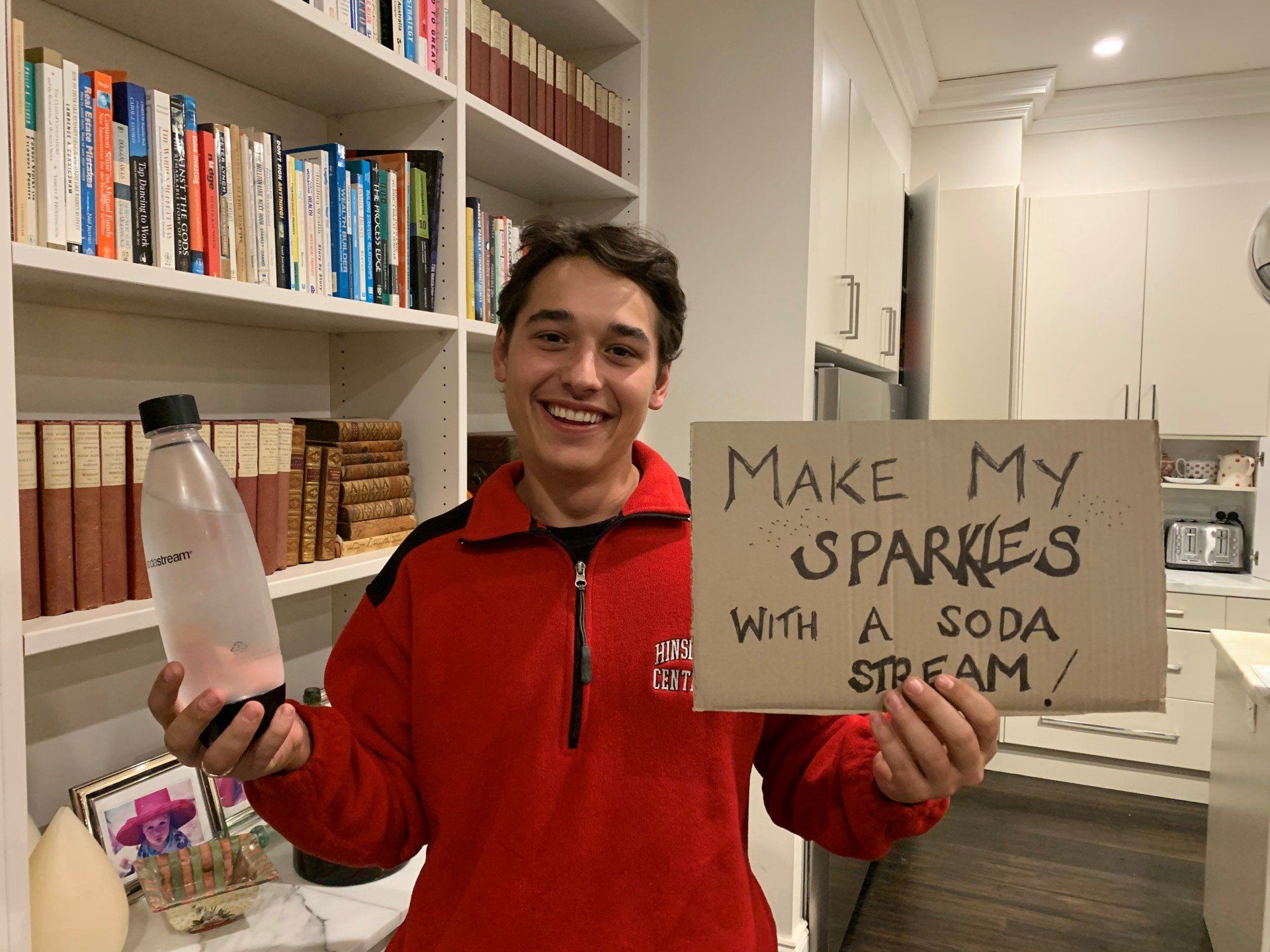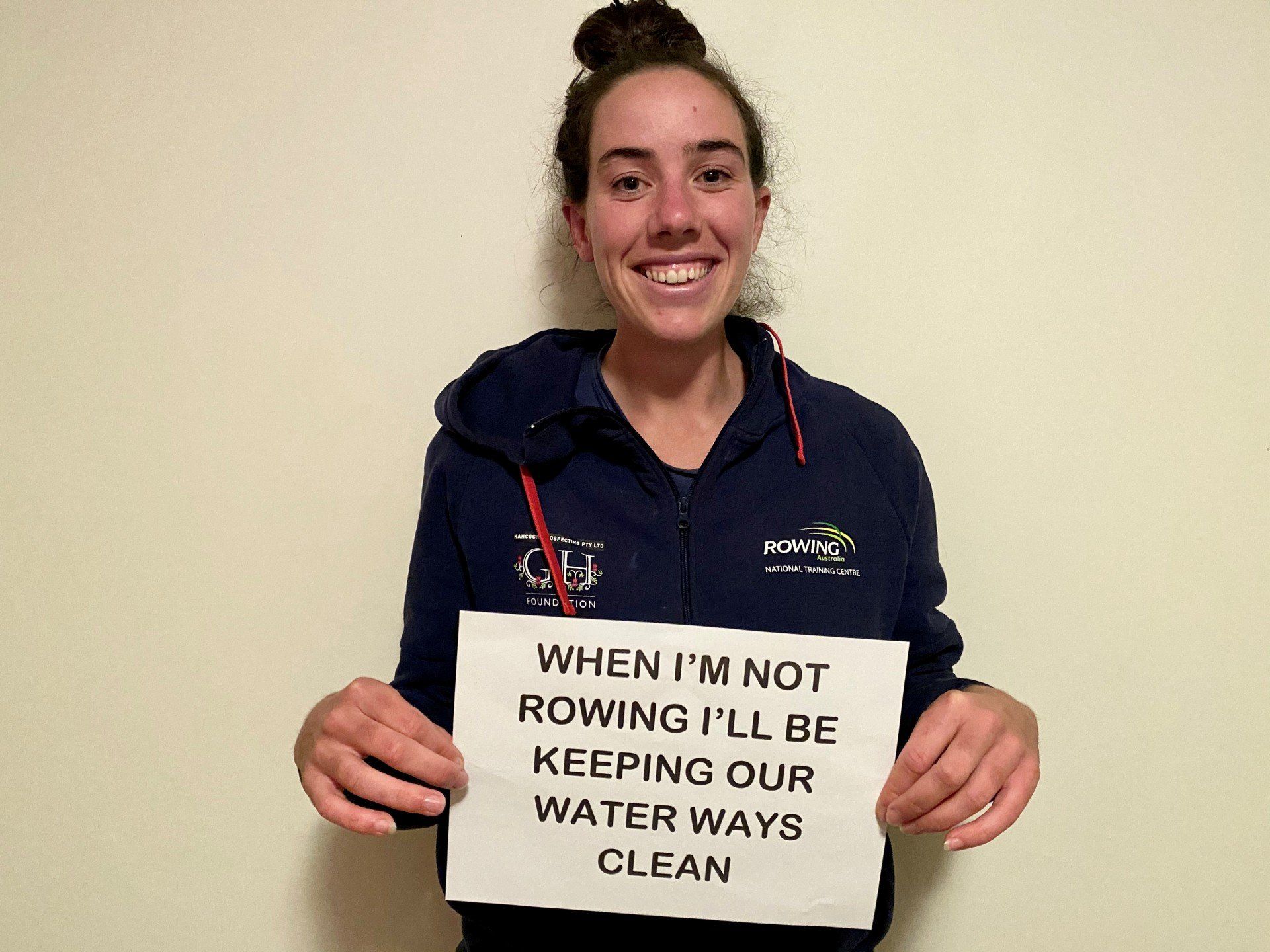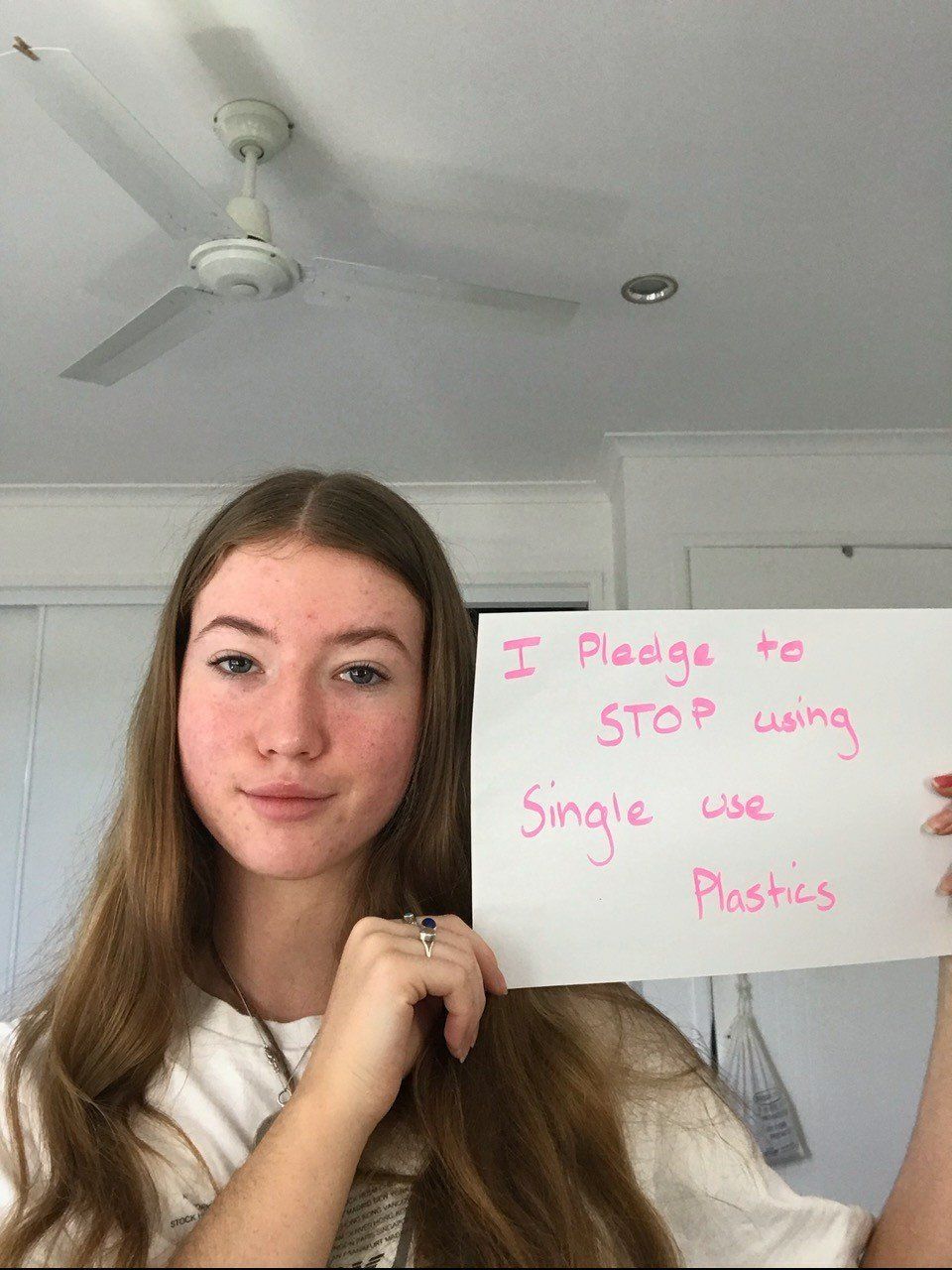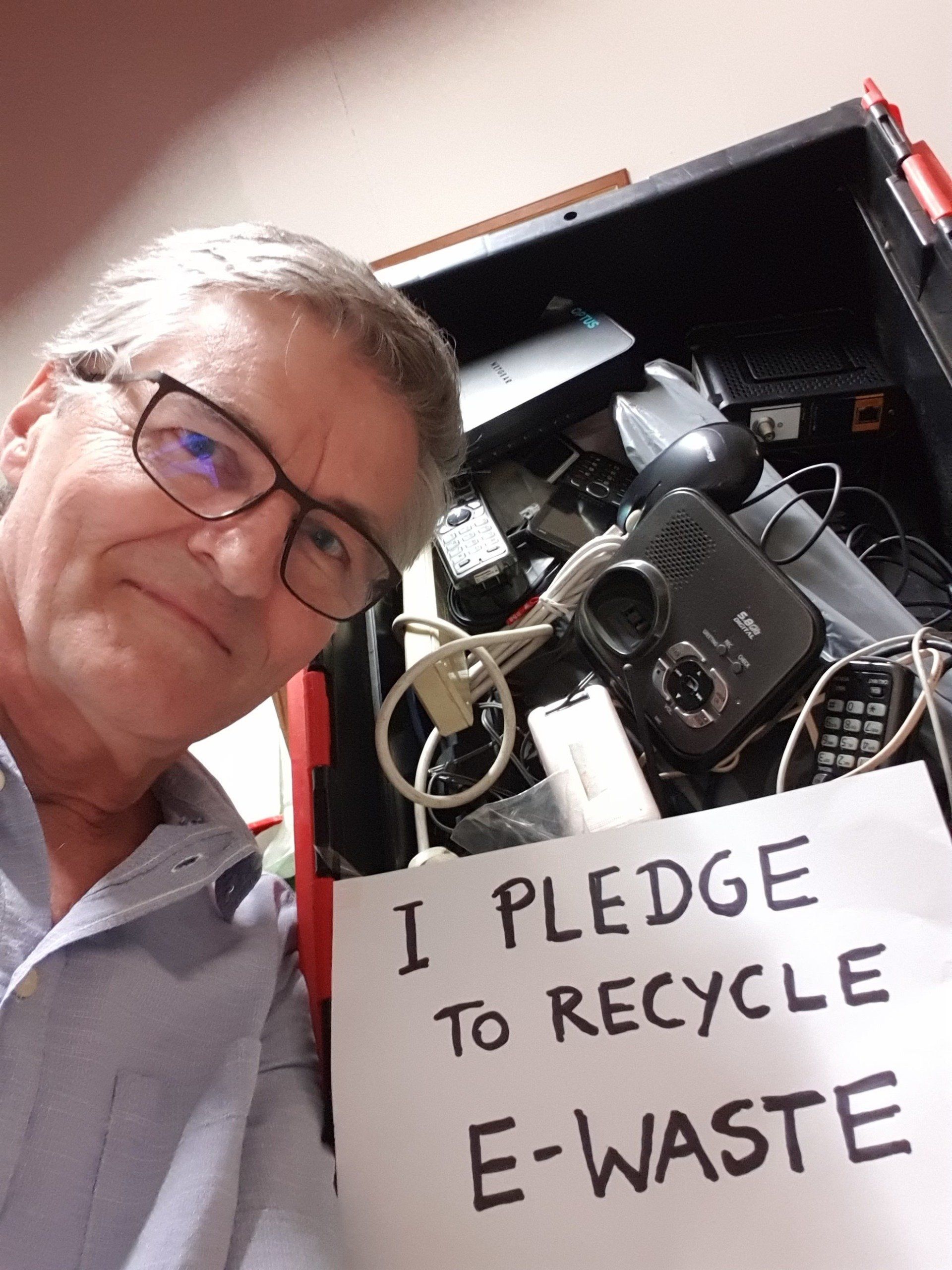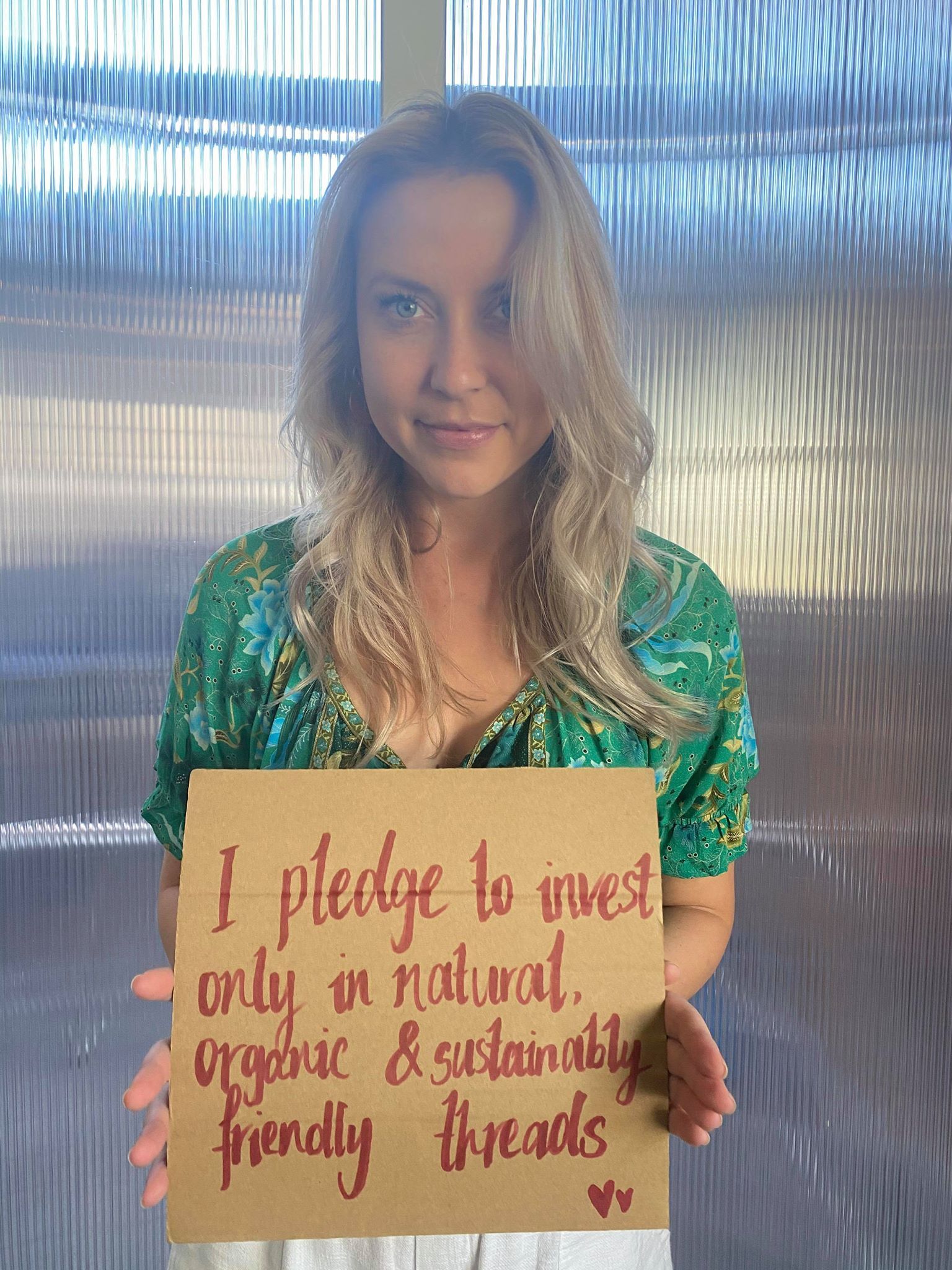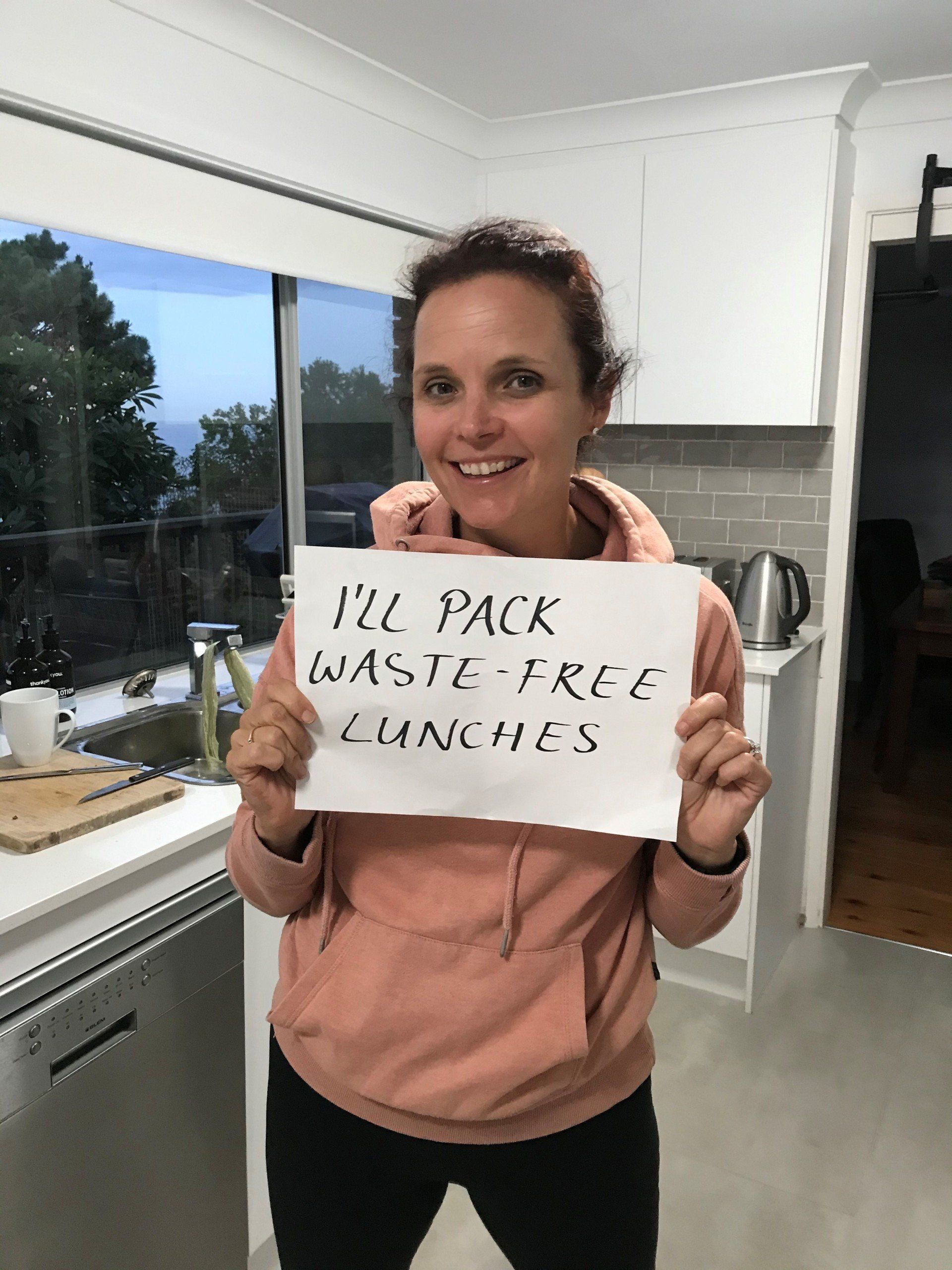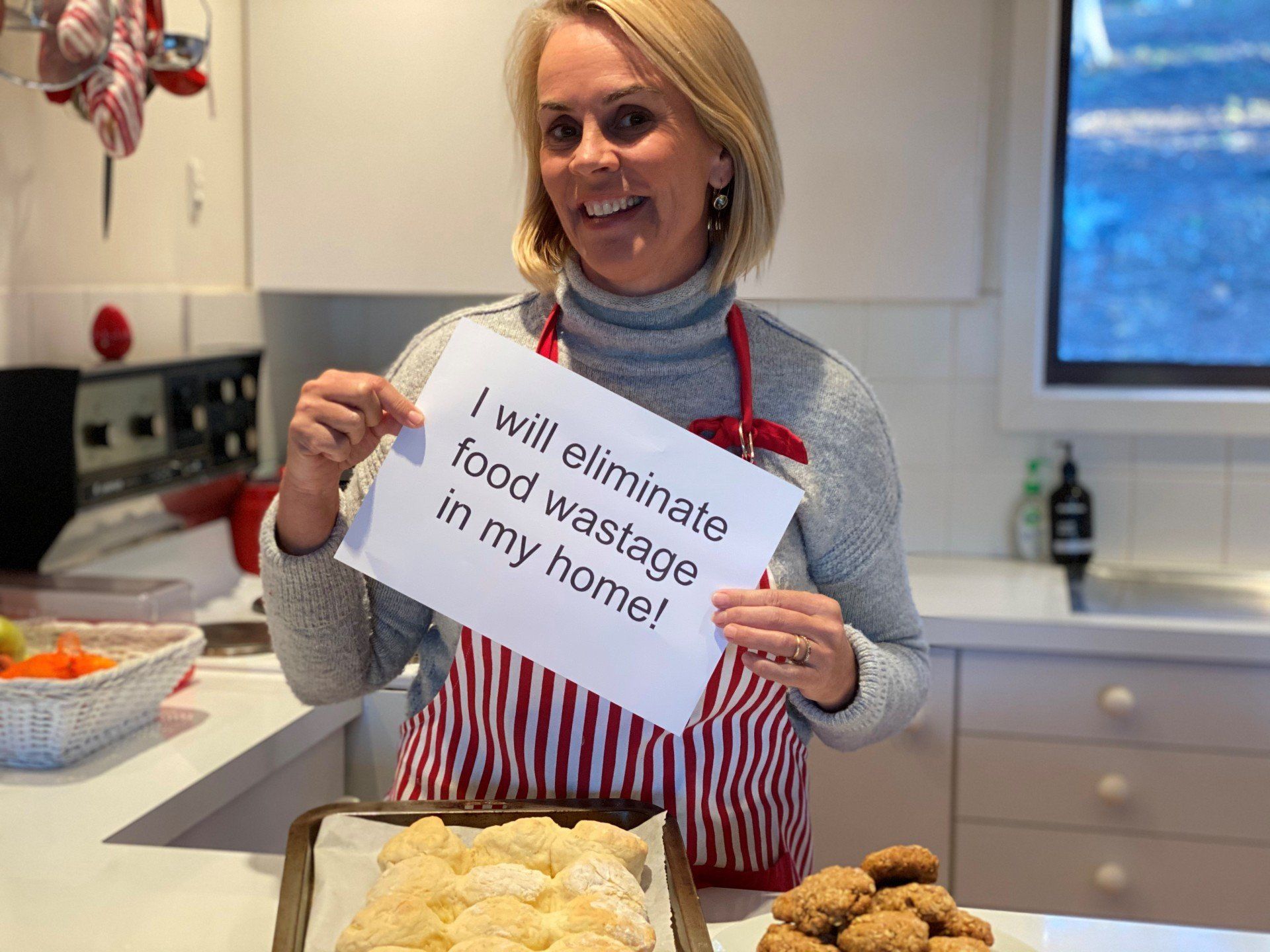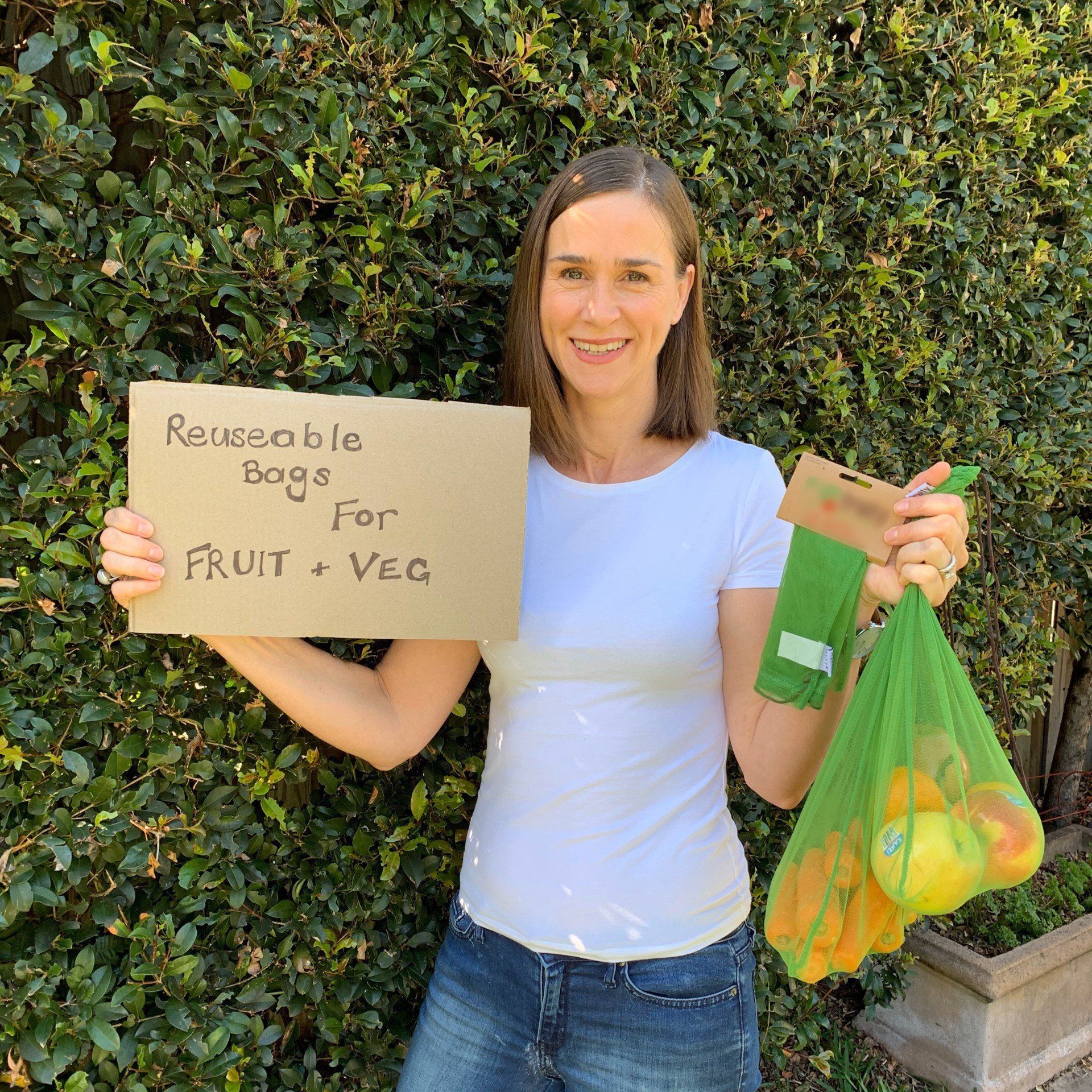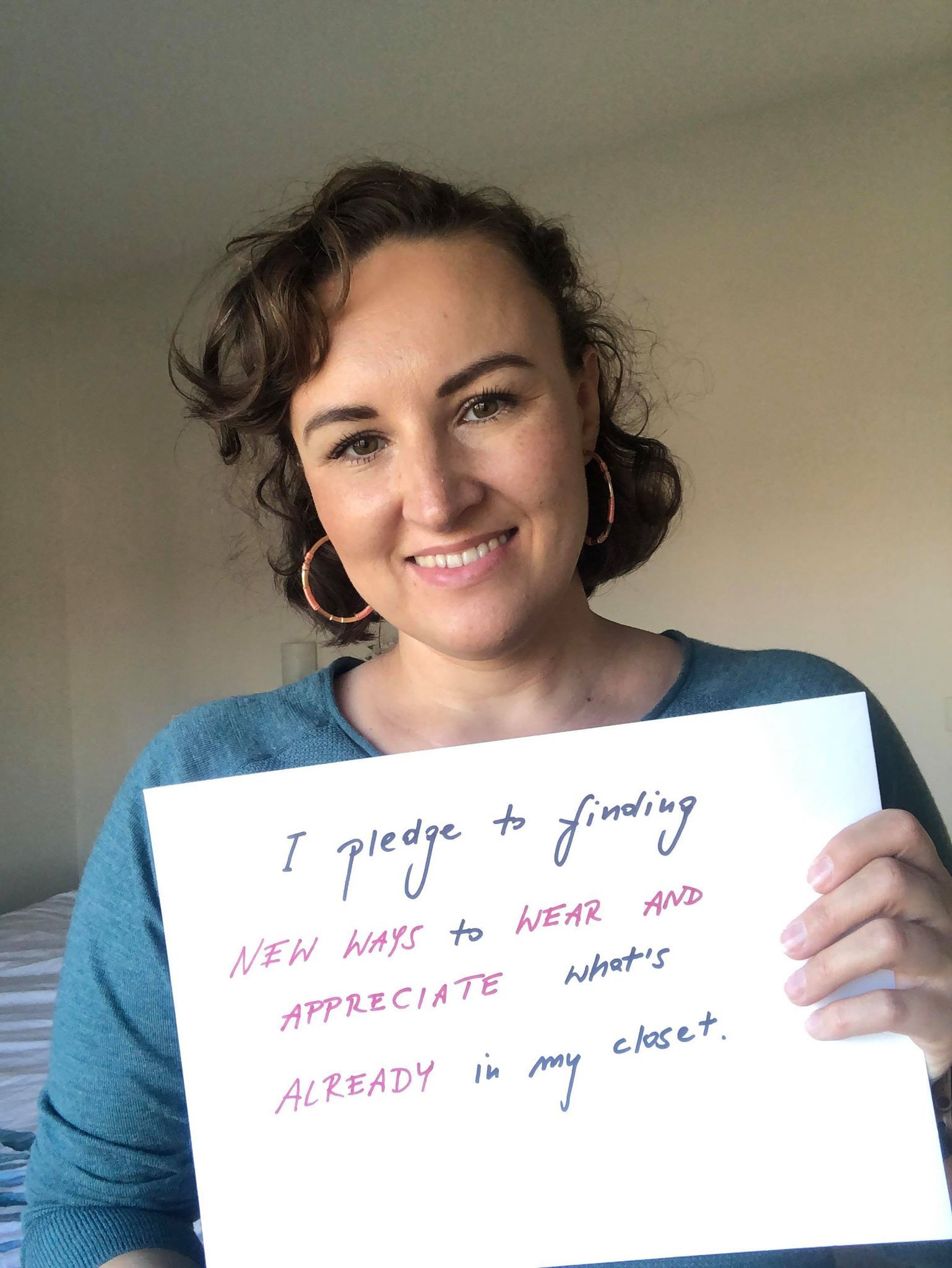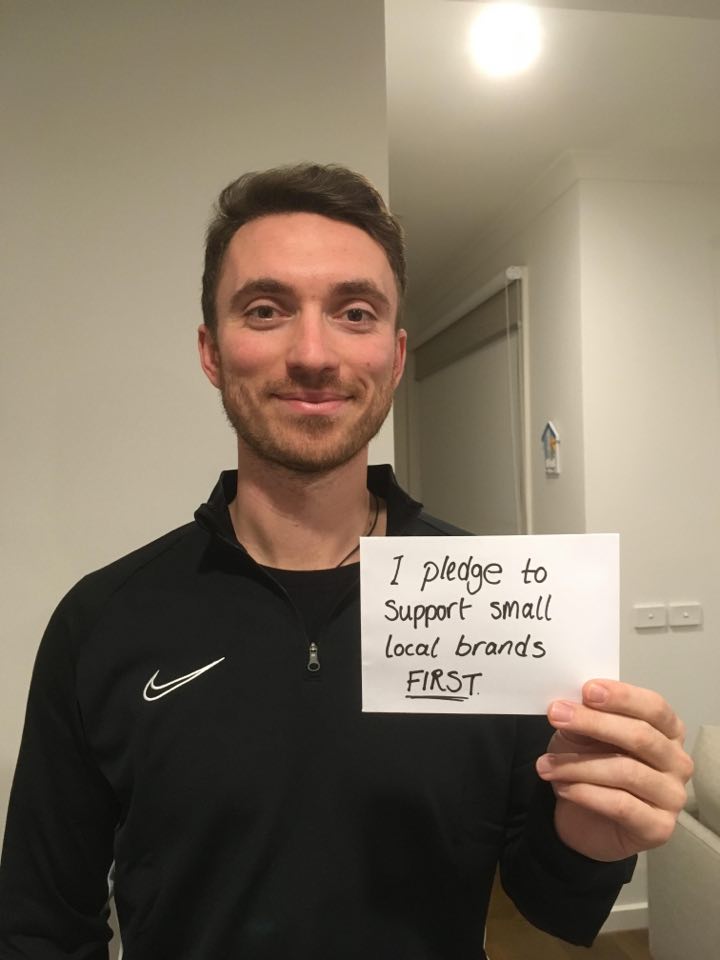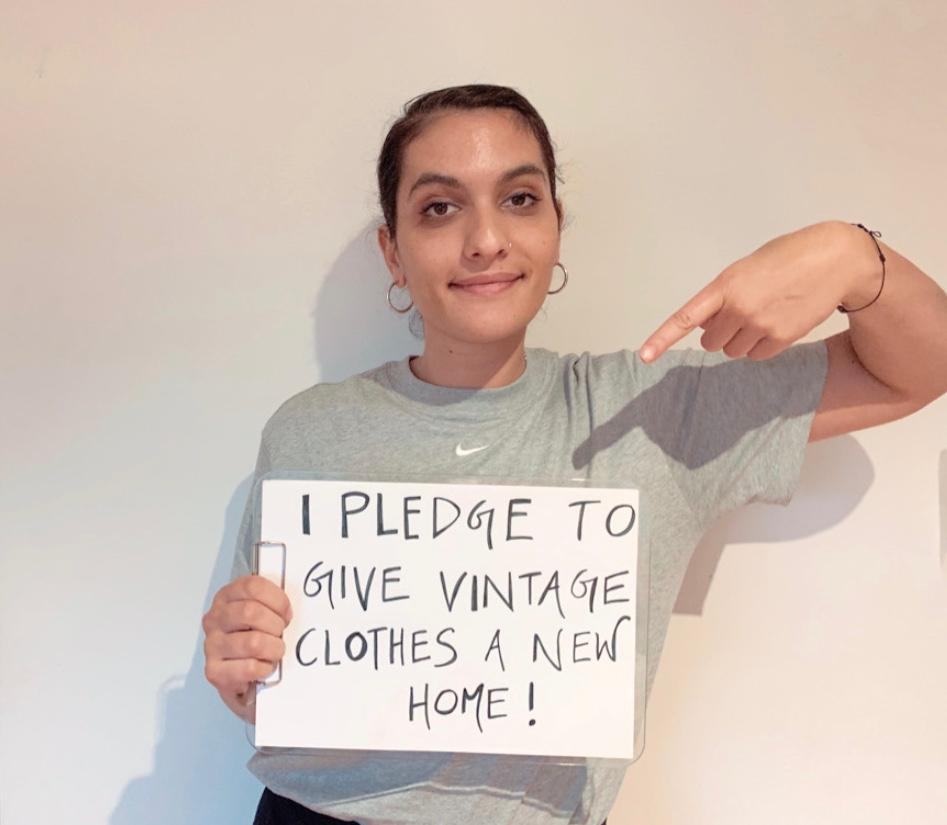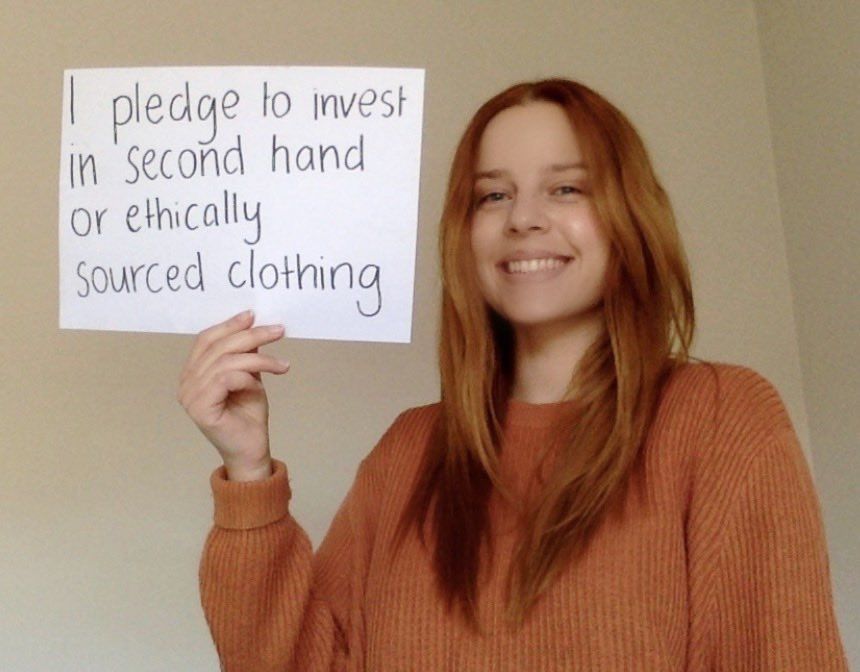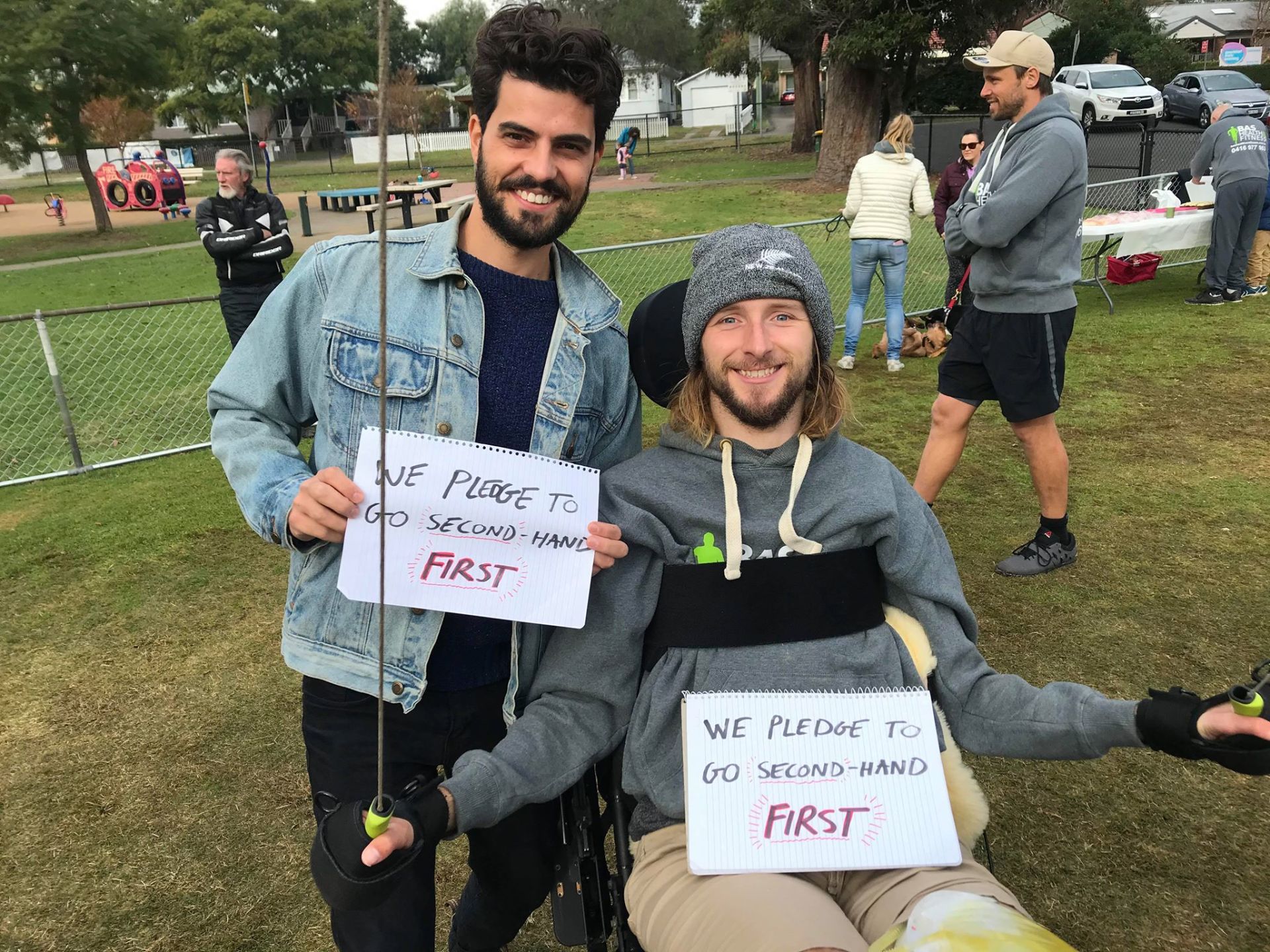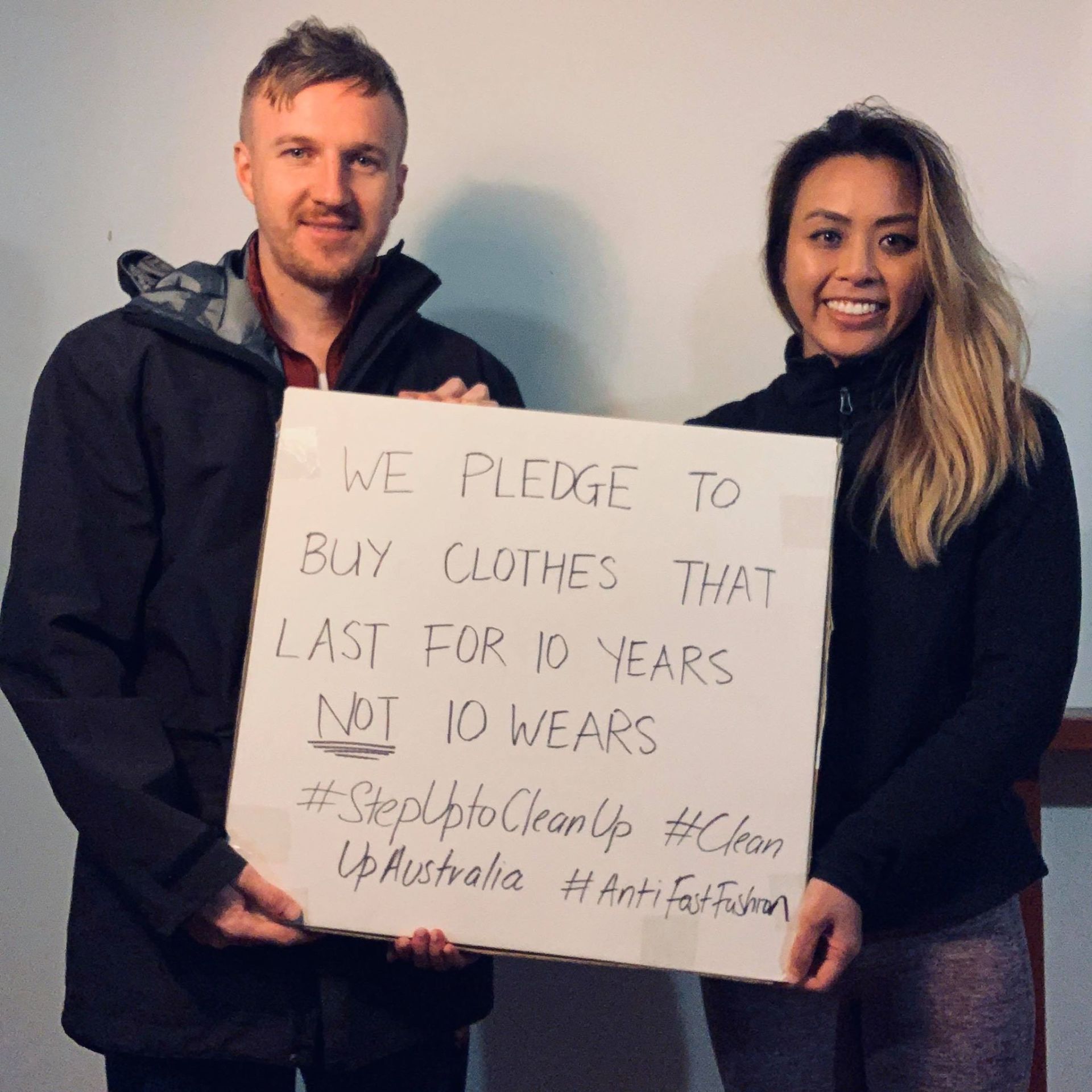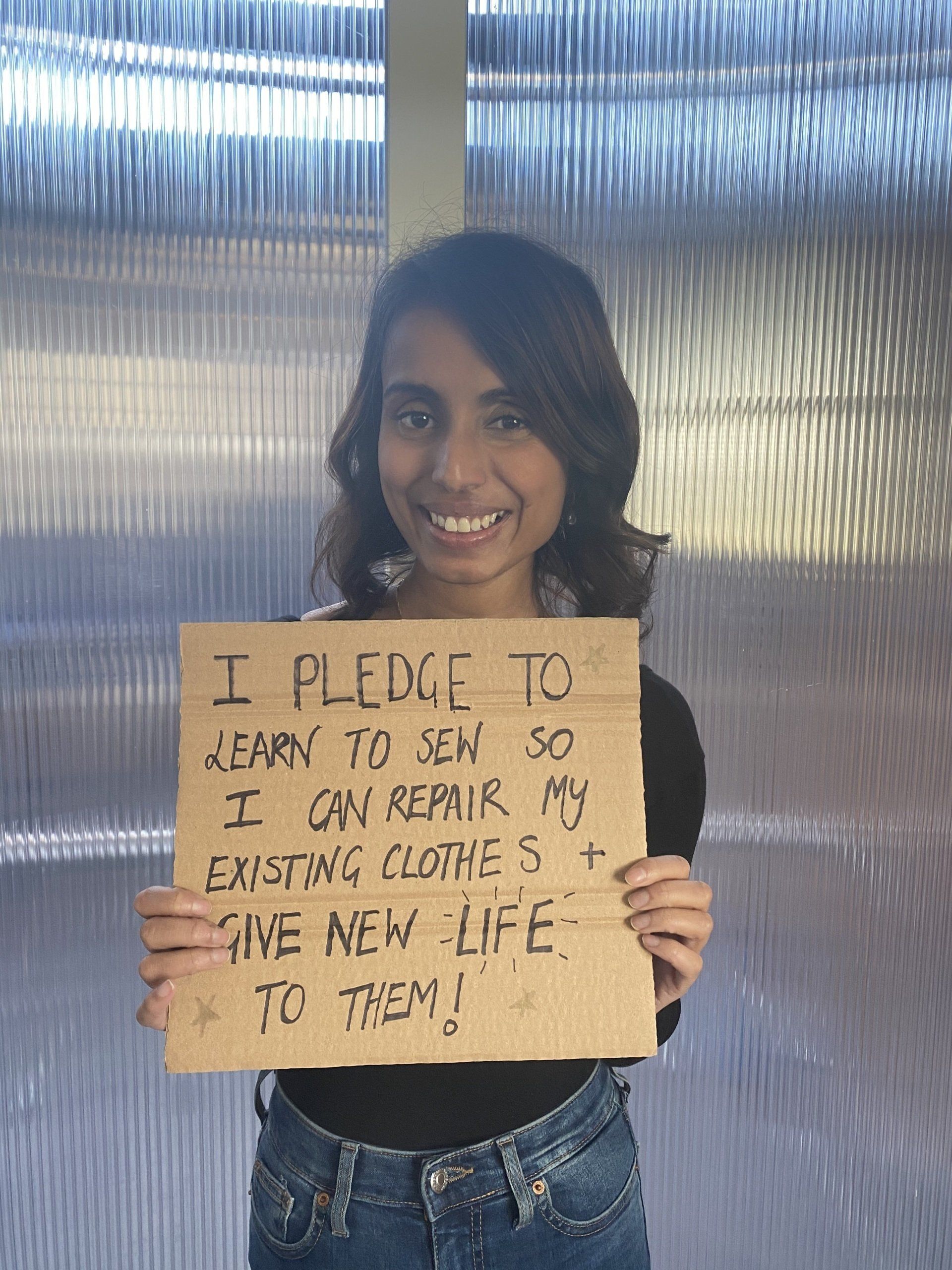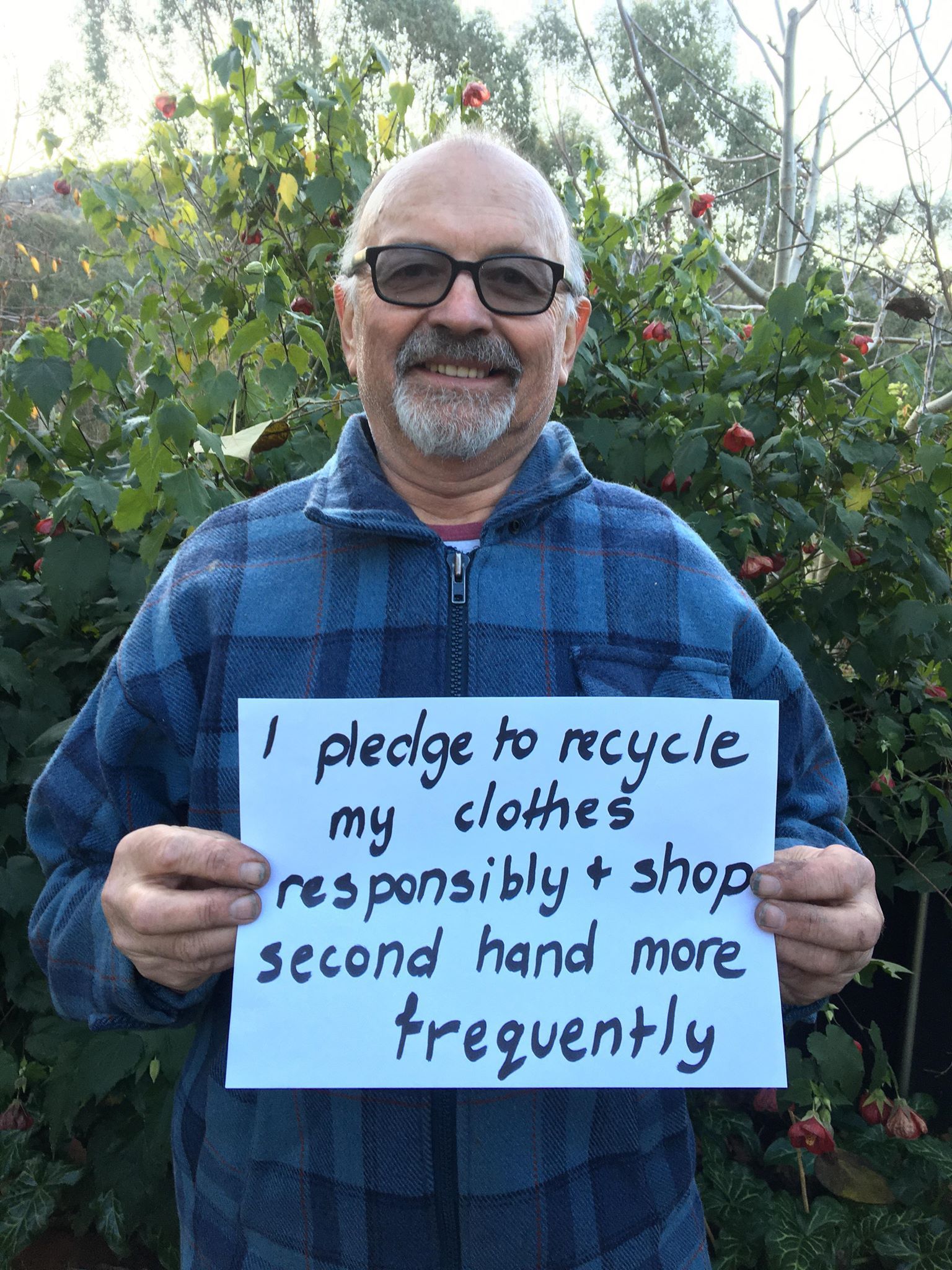A real ‘pizza’ work – rescuing food to reduce waste
by Angus Delaney
Every year millions of Australians go hungry and yet over 5 million tonnes of food goes to landfill – meet the companies that are bridging the gap by giving food a second life, and families a meal.
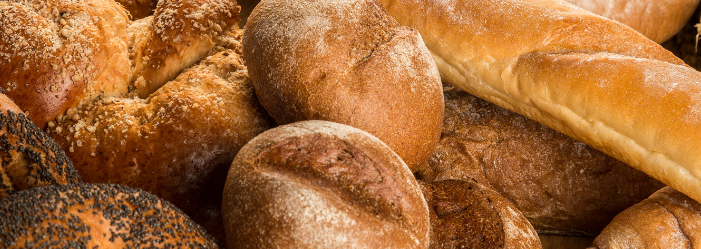
Another food rescue service is the innovative app Bring Me Home, which the Herald Sun called ‘one of the best apps of 2019.’
Bring Me Home contains listings of surplus food from registered cafes and restaurants throughout Melbourne and Sydney at a heavily discounted price.
The app aims to reduce food waste in retail,” says Rinaldhy Oosterman, Head of Growth and Marketing. “If there is left over food after main rush hour, a restaurant or café can list that on the app to prevent food waste and also maximise their sales.”
Oosterman explains that Bring Me Home delivers benefits to both customers and consumers – as well as the obvious environmental benefits.
“Bring Me Home aims to change how they think about it, you can operate at zero waste, or minimal waste, it reduces how much they impact the environment and how much financial impact is made. It’s also a good marketing tool to … get new customers,” says Oosterman.
“For customers, you get food for up to 70% off and also help the environment. The app tracks how much money you save and also how much methane gas you have prevented entering the atmosphere.”
Although Bring Me Home is rescuing surplus food from landfill, it should be noted that all food is fresh and safe to eat.
“The food is listed right after peak period it is always during business hours,” says Oosterman. “It’s perfectly safe because it’s still within opening hours.”
Another organisation that rescues food from landfill is The Gift Of Bread, who provide those who need it with – you guessed it – bread; while also saving loaves from landfill.
“Fresh bread is collected directly from bakeries and taken to our community workshop at Tempe, or to our six outreach centres,” says Community Engagement Team Leader Kevin Ford.
“Loaves and rolls are delivered to various clients, such as soup kitchens, refuges, schools, boarding houses and individuals.”
The Gift of Bread have over 200 clients including charities and families and choose to give bread specifically for both its nutritional value and wealth of supply.
“Bread is the stuff of life and an important part of the diet in most cultures,” says Ford.
“There is a significant quantity of unsold bread at the end of the day. Without our intervention, that bread would go to landfill.”
As well as giving the gift of food and therefore slightly easing the financial strain on their clients, The Gift of Bread aims to forge relationships.
“Our mission is to build community, rather than just feed the needy,” says Ford.
“All of our drivers and delivery staff are encouraged to share a ‘moment of grace’ with our clients, to ask about their wellbeing and ensure that our delivery is meeting their needs.”
“Reactions to a gift of bread can vary from effusive thanks to a simple smile or a nod.”
OzHarvest, Bring Me Home and The Gift of Bread are all working tirelessly to give food a second life and reduce the environmental impact of food wastage, while benefitting their community.
However, food wastage is an issue that affects everyone, and an issue which everyone can help improve.
Fiona Nearn says, “everyone is part of the solution … it’s all about getting in good habits.”
“Look what is in your fridge or pantry before you go cooking, store it correctly, only buy what you need, use all the wilting vegetables in the bottom of the crisper and eat up leftovers.”
Whether it’s buying food without packaging, composting or using Bring Me Home, everyone can have an impact in reducing food wastage and cleaning up Australia.
Search for other blog topics:
Inspire your family and friends to make a change by sharing your pledge and tagging @CleanUpAustralia #CleanUpAustralia
Clean Up Australia
Clean Up Australia acknowledges the Traditional Owners of Country throughout Australia and their continuing connection to land, waters and community. We pay our respects to Elders past and present.



